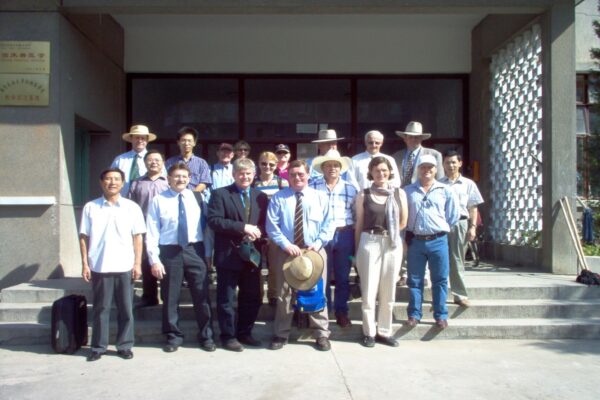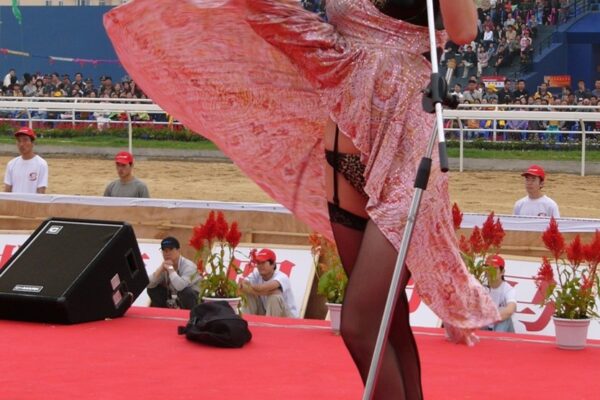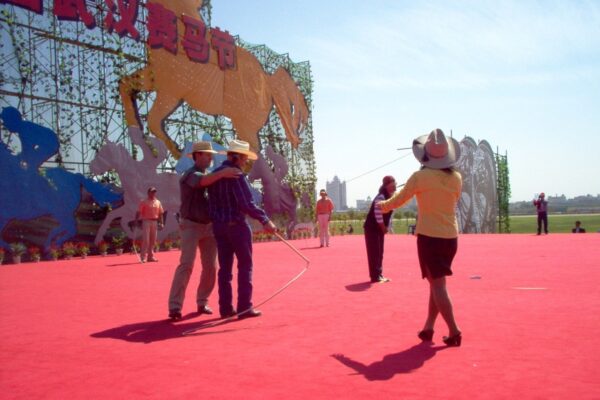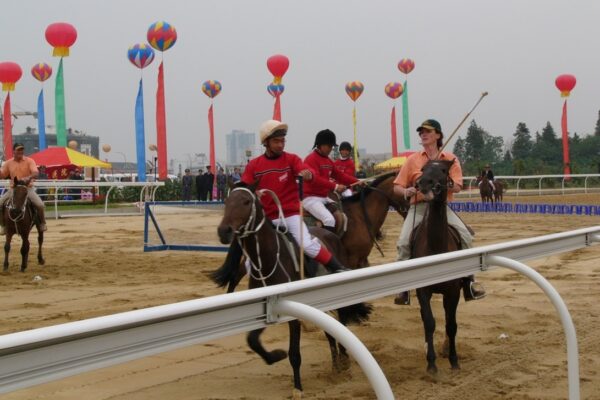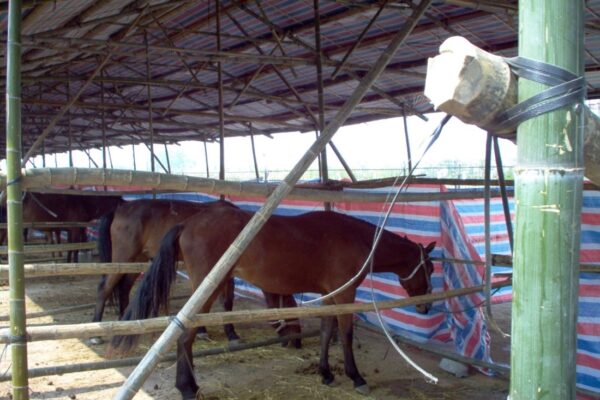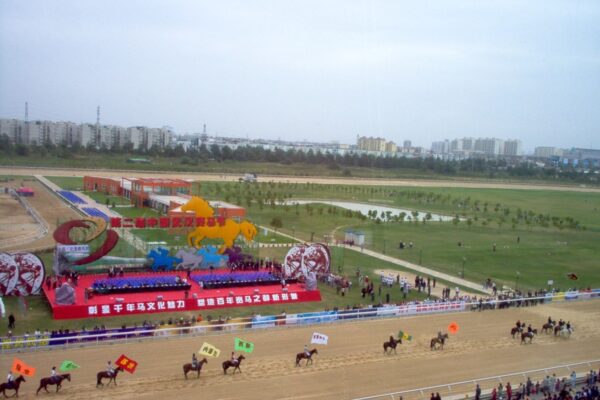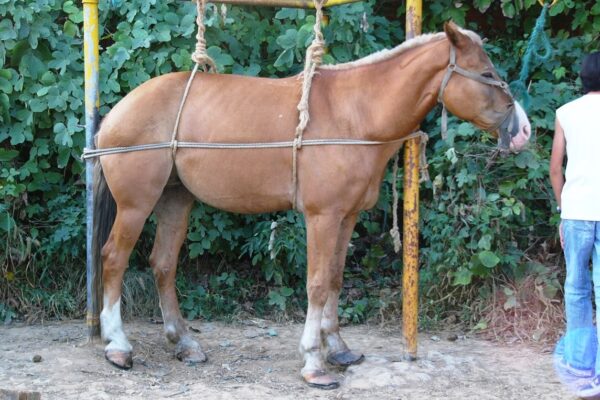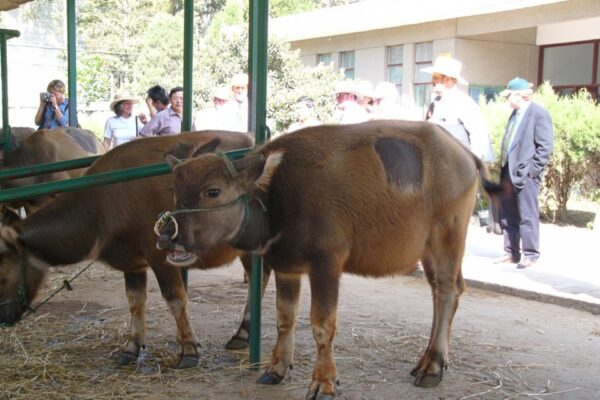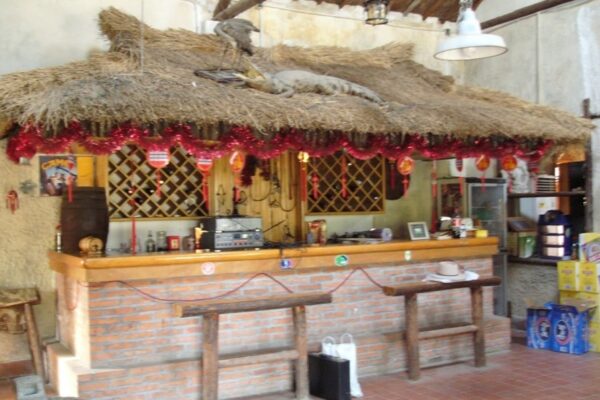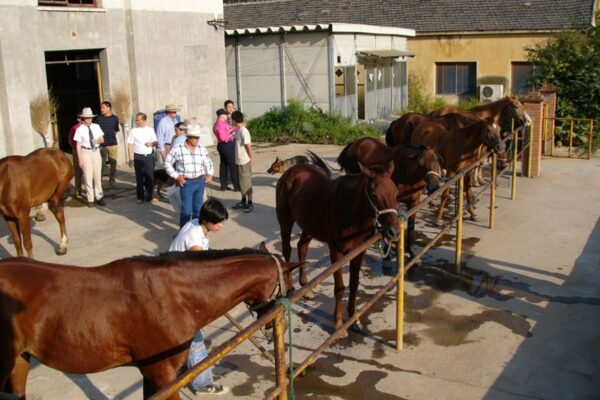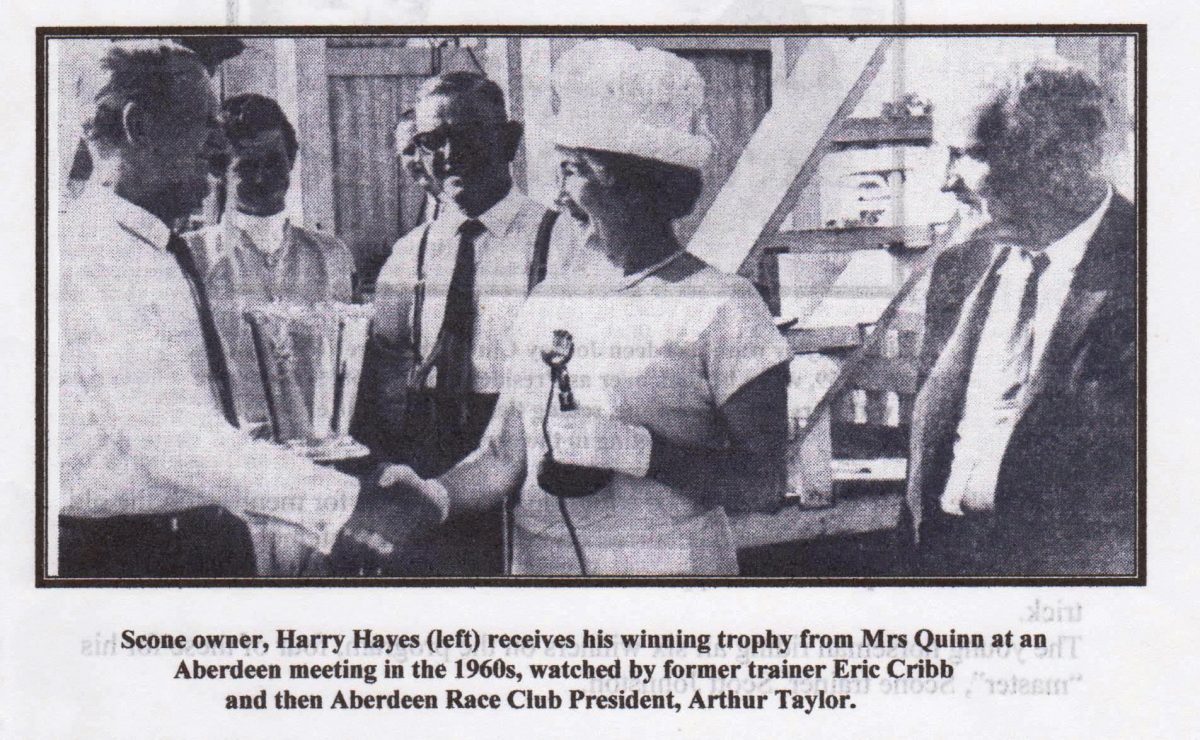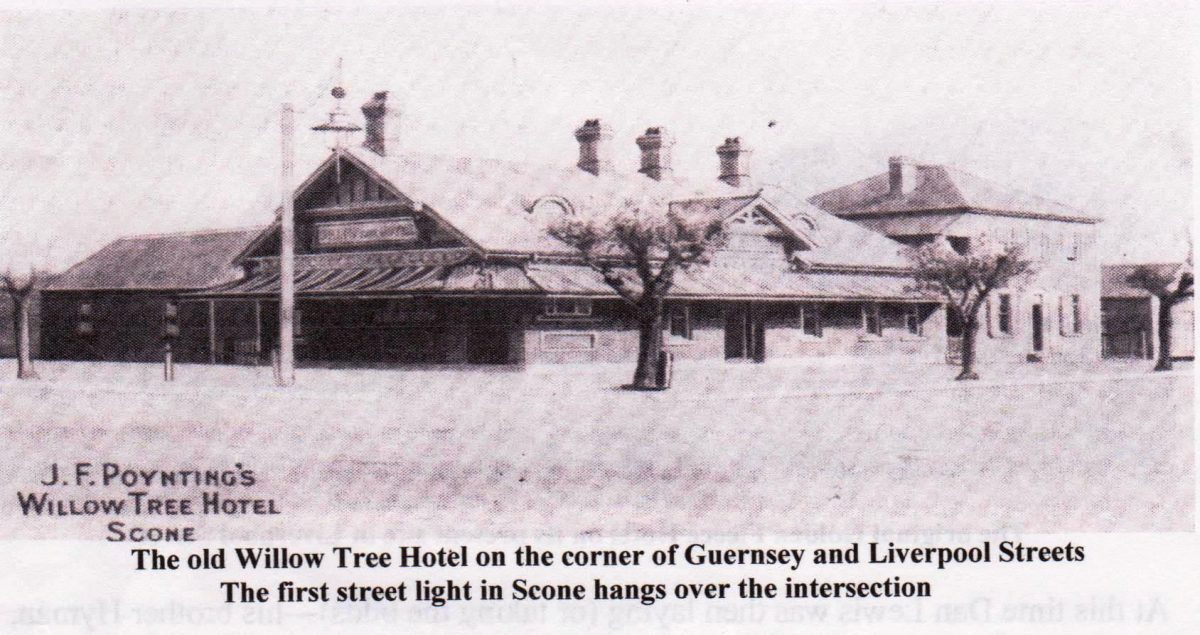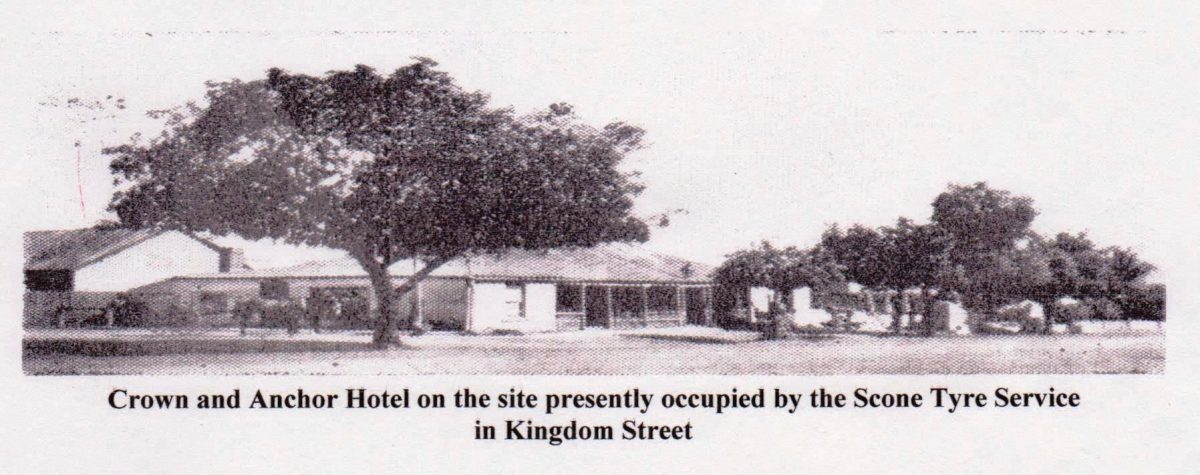The Breeding Scene & the Melbourne Cup
Listen also audio: The Upper Hunter and the Melbourne Cup have a lot more links than you think – Breakfast – ABC Radio
By Harley Walden 2005
Featured Image: Peter Pan in the AJC Autumn Plate at Randwick in 1935. Peter Pan won the Melbourne Cup in 1932 and 1934
Whenever a new champion arrives on the racing scene or a new stud opens its quest into the breeding arena memories are rekindled of a stud that produced so many great racehorses. In this article I have outlined the deeds and connection Kia Ora Stud, Scone had with Australia’s premier staying race, the Melbourne Cup.
Since its foundation as a breeding property in 1912 the famous thoroughbred nursery over the next fifty years could be described as the doyen of other noted properties. It has featured in the principal races of Australia and the USA but its importance in the Melbourne Cup must be particularly stressed. The latter is the main distance handicap on the racing calendar.
Thirteen years after Percy Miller founded “Kia Ora” and under the spectacular management of A W (Bert) Riddle, “Kia Ora” produced the mighty Windbag the winner of many WFA races culminating in a record breaking win in the 1924 Melbourne Cup. Windbag, by Magpie (imp.) from Charleville was a real tonic for the Scone district.
Three years later another Melbourne Cup winner merged from the same establishment. This time it was Statesman by Demosthenes (imp.) from the imported mare Marcelle. A number of years since the Statesman year, in which all three placegetters were reared on “Kia Ora”, the second horse was Strephon by Saltash. Strephon was rated good enough to ship to England to throw down the gauntlet to the best horse racing in the old country; unfortunately he failed to acclimatise and never produced his Australian form. The third placegetter, Demost, was also by Demosthenes.
Other notable Cup horses owe their existence to the famous Upper Hunter breeding establishment. Foremost among these would be Peter Pan, bred by Mr Rodney Dangar of “Baroona”, Singleton, but certainly sired by, although not at the time of conception, by a “Kia Ora” based stallion, Pantheon (imp.), himself placed third in the two-miler as a six-year-old carrying 9st 3lb (58.5kg) in 1926. Peter Pan won the cup as a three-year-old in 1932. The following year, 1933, “Kia Ora” again figured in the placegetters, this time Mr Bob Miller’s colt Tropical dead-heating for third with the New Zealander, Gaine Carrington.
In 1934, this time under extreme conditions, Peter Pan was again victorious carrying 9st 10lb (61.5kg).
Five years further on and we find Maikai and Pantler, both sired by Pantheon, filling second and third places respectively. Maikai, form Western Australia, suffered a narrow defeat by Old Rowley in the 1940 running of the major handicap. Nineteen forty-six saw yet another “Kia Ora” product figure in the prizemoney, this time, Carey by Midstream (imp.) finished in third position.
The year 1951 saw the mighty Delta by Midstream (imp.) from Gazza by Magpie (imp.) successfully carry Neville Sellwood to victory.
“Kia Ora” by this time was becoming known world-wide as the greatest horse nursery in the Southern Hemisphere, but it was to rise to still greater heights by 1956 when Evening Peel by Delville Wood (imp.) from Mission Chimes by Le Grand Duc, another Kia-Ora import, reigned supreme in the great two-mile event to defeat the New Zealand great Redcraze.
Baystone, in 1958, by Brimstone (imp.) from Unity by Manitoba (imp.) was the final Kia-Ora bred to take the two mile stayers’ classic bringing to an end a domination that had run for near on 35 years.
In these latter years of Australian racing and breeding where the pendulum has swung to the sprinting breed of racehorse it is highly unlikely that what this world acclaimed stud achieved in those early years will ever be achieved again. Any stud capable of producing the number of Melbourne Cup winners as “Kia Ora” did, and standing the sire of Peter Pan, a dual cup winner and producing nine placegetters, surely highlights the astute managerial plan behind the production of so many high class performers.
Footnote: I believe ‘Cambridge Stud’, Cambridge, NZ might mount a challenge to the number of individual Melbourne Cup winners produced?
